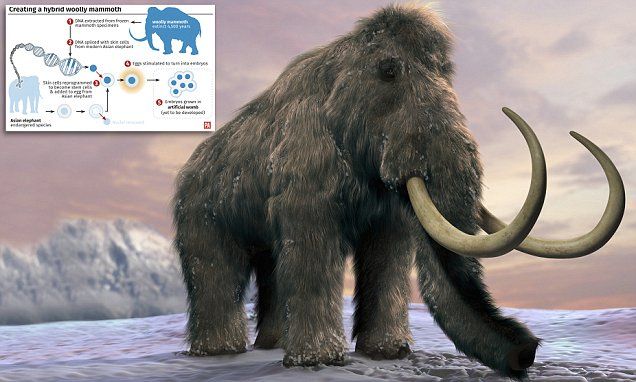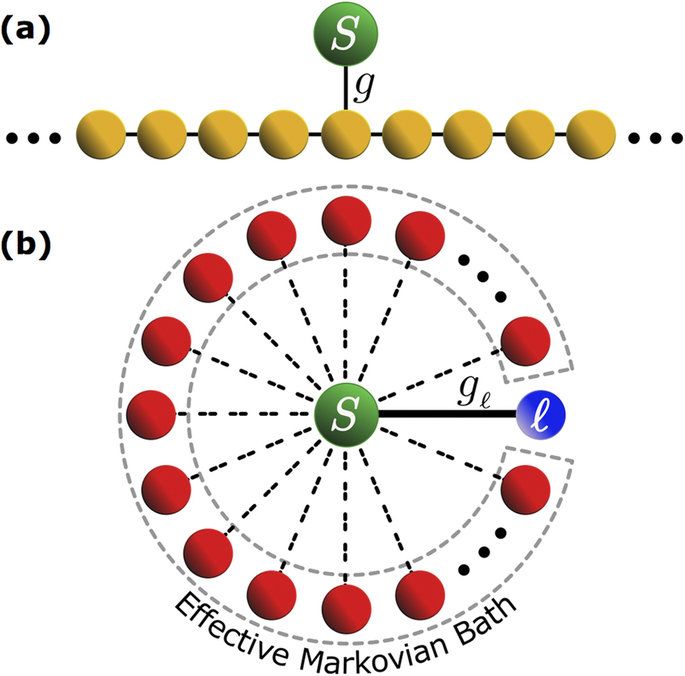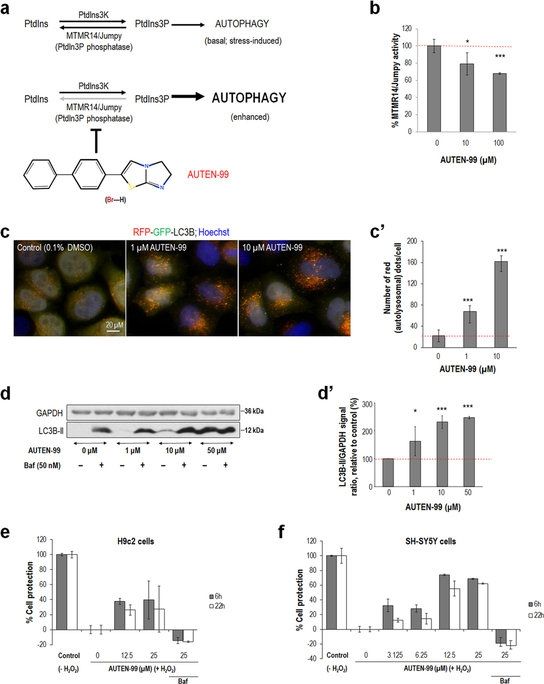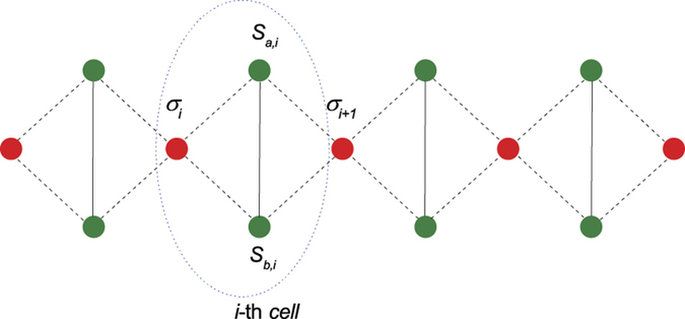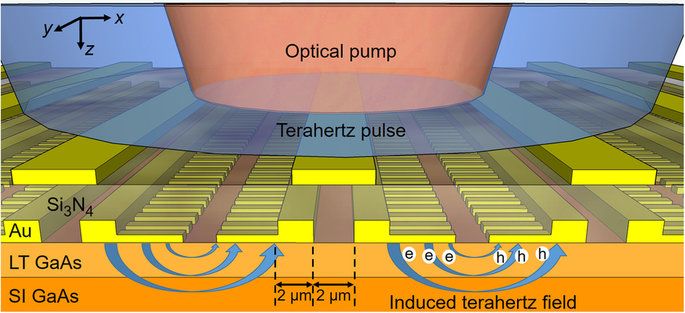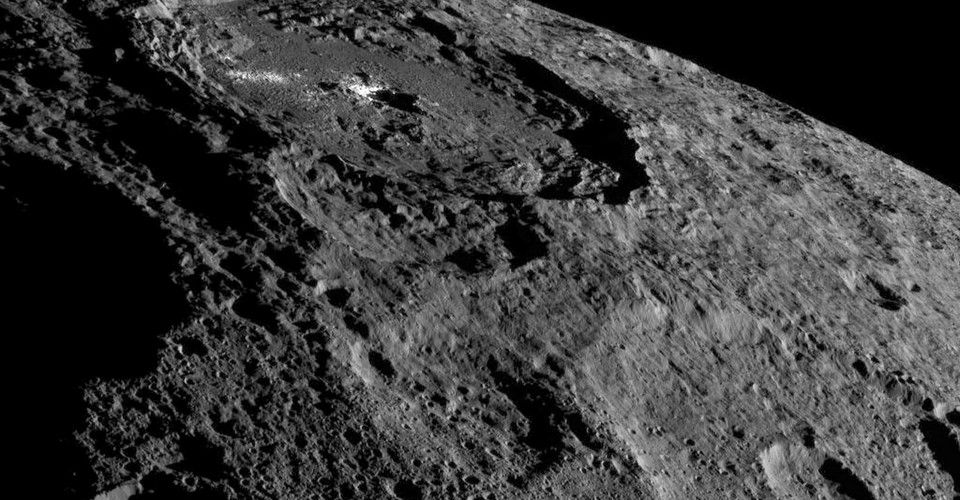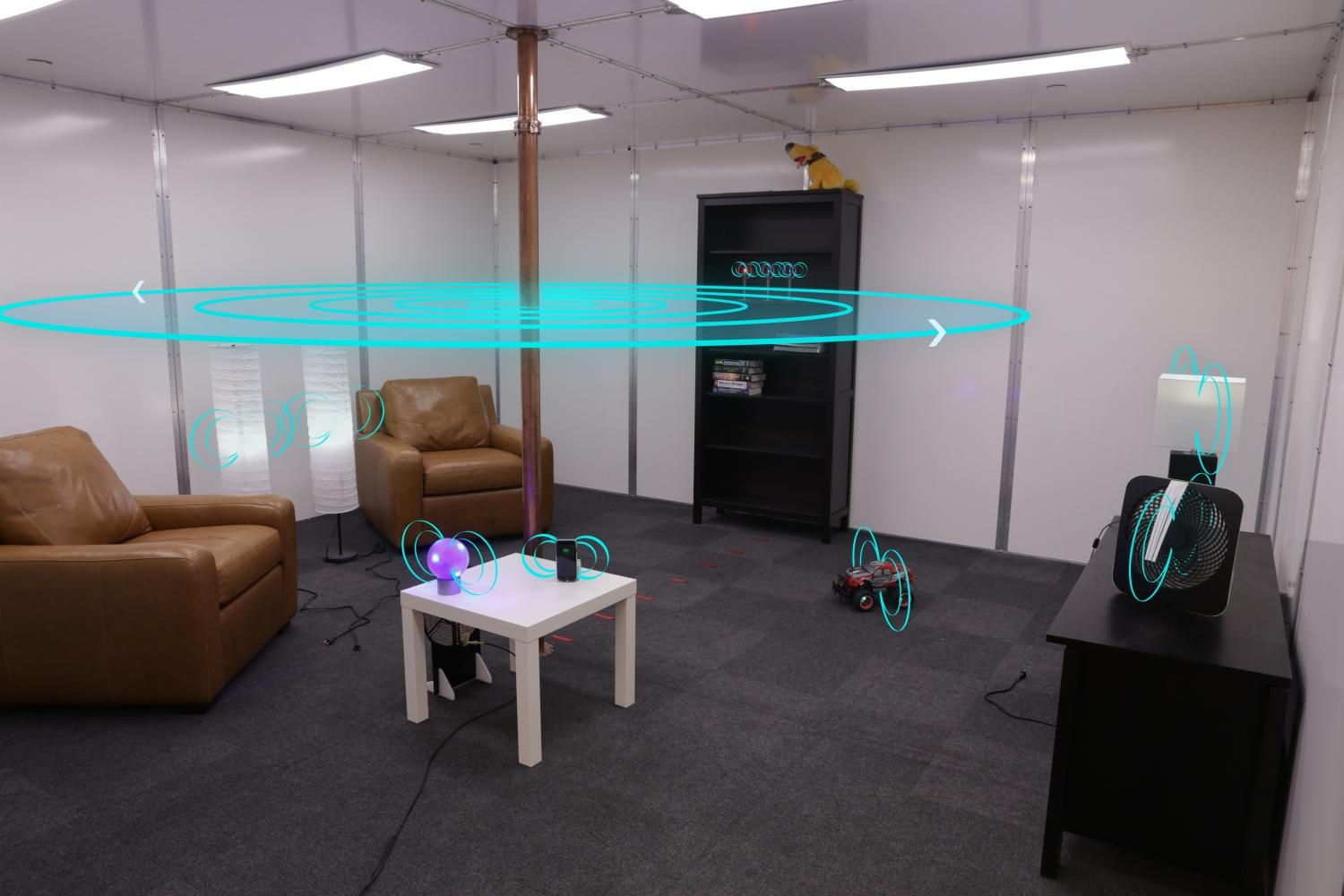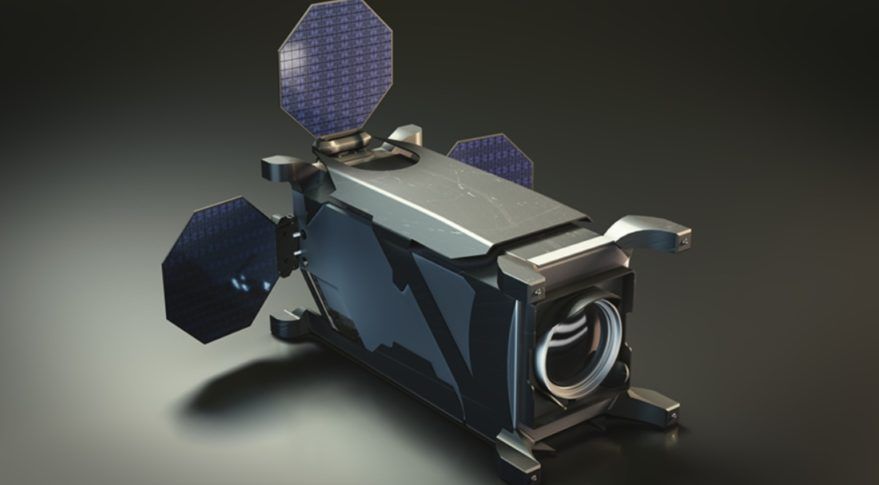Page 10525
Feb 16, 2017
Quantum non-Markovianity induced by Anderson localization
Posted by Karen Hurst in categories: particle physics, quantum physics
Nice information on Quantum open systems via the existence of a functional relationship between a rigorous measure of quantum non–Markovian ity and the CCA localization. Sharing with my other QC R&D friends.
As discovered by P. W. Anderson, excitations do not propagate freely in a disordered lattice, but, due to destructive interference, they localise. As a consequence, when an atom interacts with a disordered lattice, one indeed observes a non-trivial excitation exchange between atom and lattice. Such non-trivial atomic dynamics will in general be characterised also by a non-trivial quantum information backflow, a clear signature of non–Markovian dynamics. To investigate the above scenario, we consider a quantum emitter, or atom, weakly coupled to a uniform coupled-cavity array (CCA). If initially excited, in the absence of disorder, the emitter undergoes a Markovian spontaneous emission by releasing all its excitation into the CCA (initially in its vacuum state). By introducing static disorder in the CCA the field normal modes become Anderson-localized, giving rise to a non–Markovian atomic dynamics. We show the existence of a functional relationship between a rigorous measure of quantum non–Markovian ity and the CCA localization. We furthermore show that the average non–Markovian ity of the atomic dynamics is well-described by a phenomenological model in which the atom is coupled, at the same time, to a single mode and to a standard — Markovian — dissipative bath.
Feb 16, 2017
The small molecule AUTEN-99 (autophagy enhancer-99) prevents the progression of neurodegenerative symptoms
Posted by Karen Hurst in categories: biotech/medical, life extension, neuroscience
New research on Parkinson and holds additional insights in cell & neuro technology.
Autophagy functions as a main route for the degradation of superfluous and damaged constituents of the cytoplasm. Defects in autophagy are implicated in the development of various age-dependent degenerative disorders such as cancer, neurodegeneration and tissue atrophy, and in accelerated aging. To promote basal levels of the process in pathological settings, we previously screened a small molecule library for novel autophagy-enhancing factors that inhibit the myotubularin-related phosphatase MTMR14/Jumpy, a negative regulator of autophagic membrane formation. Here we identify AUTEN-99 (autophagy enhancer-99), which activates autophagy in cell cultures and animal models. AUTEN-99 appears to effectively penetrate through the blood-brain barrier, and impedes the progression of neurodegenerative symptoms in Drosophila models of Parkinson’s and Huntington’s diseases. Furthermore, the molecule increases the survival of isolated neurons under normal and oxidative stress-induced conditions. Thus, AUTEN-99 serves as a potent neuroprotective drug candidate for preventing and treating diverse neurodegenerative pathologies, and may promote healthy aging.
Feb 16, 2017
Finite-temperature scaling of trace distance discord near criticality in spin diamond structure
Posted by Karen Hurst in categories: futurism, quantum physics
Nice research on finite temperatures and diamond structure spins.
Here the quantum criticality in the Ising-XXZ diamond structure at finite temperature have been studied by the trance distance discord calculations. Around the critical lines, the first-order derivative of the trace distance discord exhibits a maximal at a finite temperature and diverges under the thermodynamic limits T → 0. By analyzing the finite-temperature scaling behaviors, we show that the trace distance discord can detect exactly the quantum phase transition from the entangled state in ferrimagnetic phase to an unentangled state in ferrimagnetic phase or to an unentangled state in ferromagnetic phase. The results also show that the trace distance can distinguish the two kinds of transitions by consulting to the different finite-temperature scaling behaviors. As a comparison, we also study the behaviors of some other typical quantum correlations (e.g., concurrence, quantum discord and Hellinger distance) around the critical points, and the results state that the trance distance discord is more reliable than the others to spotlight the critical points for this Ising-XXZ diamond structure at finite temperatures.
Surely, this model system has three different critical phases, and it would be significant and challenging in the future to consider the multipartite quantum correlations which may grasp all these transitions. The bipartite quantum correlations imposed on this Ising-XXZ diamond structure, as studied in this work, can not detect the transition from UFI phase to UFM phase at finite temperature, an issue for future investigations.
Feb 16, 2017
High Sensitivity Terahertz Detection through Large-Area Plasmonic Nano-Antenna Arrays
Posted by Karen Hurst in category: nanotechnology
Now, a discussion on Highly sensitive Plasmonic Nano-antenna arrays.
Plasmonic photoconductive antennas have great promise for increasing responsivity and detection sensitivity of conventional photoconductive detectors in time-domain terahertz imaging and spectroscopy systems. However, operation bandwidth of previously demonstrated plasmonic photoconductive antennas has been limited by bandwidth constraints of their antennas and photoconductor parasitics. Here, we present a powerful technique for realizing broadband terahertz detectors through large-area plasmonic photoconductive nano-antenna arrays. A key novelty that makes the presented terahertz detector superior to the state-of-the art is a specific large-area device geometry that offers a strong interaction between the incident terahertz beam and optical pump at the nanoscale, while maintaining a broad operation bandwidth. The large device active area allows robust operation against optical and terahertz beam misalignments. We demonstrate broadband terahertz detection with signal-to-noise ratio levels as high as 107 dB.
Feb 16, 2017
Sweeping Ceres for the Building Blocks of Life
Posted by Dan Kummer in category: alien life
The Dawn spacecraft has detected for the first time evidence of organic compounds on the dwarf planet.
Feb 16, 2017
Doing the right things for the wrong reasons
Posted by Nicola Bagalà in category: life extension
Your life achievements deserve better motivators than death.
Some time ago, I bumped into a short excerpt of a video interview with Neil deGrasse Tyson and Larry King. After I watched it, I was sadly surprised by what deGrasse Tyson said. Before you read further, you should take a minute to watch the interview below. If you can’t see the video or can’t be bothered to watch it, you’ll find a transcript right below it.
NdGT: If you could live forever, would you?
Continue reading “Doing the right things for the wrong reasons” »
Feb 16, 2017
Material can turn sunlight, heat and movement into electricity—all at once
Posted by Klaus Baldauf in categories: privacy, solar power, sustainability, wearables
Many forms of energy surround you: sunlight, the heat in your room and even your own movements. All that energy—normally wasted—can potentially help power your portable and wearable gadgets, from biometric sensors to smart watches. Now, researchers from the University of Oulu in Finland have found that a mineral with the perovskite crystal structure has the right properties to extract energy from multiple sources at the same time.
Perovskites are a family of minerals, many of which have shown promise for harvesting one or two types of energy at a time—but not simultaneously. One family member may be good for solar cells, with the right properties for efficiently converting solar energy into electricity. Meanwhile, another is adept at harnessing energy from changes in temperature and pressure, which can arise from motion, making them so-called pyroelectric and piezoelectric materials, respectively.
Sometimes, however, just one type of energy isn’t enough. A given form of energy isn’t always available—maybe it’s cloudy or you’re in a meeting and can’t get up to move around. Other researchers have developed devices that can harness multiple forms of energy, but they require multiple materials, adding bulk to what’s supposed to be a small and portable device.
Continue reading “Material can turn sunlight, heat and movement into electricity—all at once” »
Feb 16, 2017
Wireless power transmission safely charges devices anywhere within a room
Posted by Shane Hinshaw in categories: internet, robotics/AI
A new method developed by Disney Research for wirelessly transmitting power throughout a room enables users to charge electronic devices as seamlessly as they now connect to WiFi hotspots, eliminating the need for electrical cords or charging cradles.
The researchers demonstrated their method, called quasistatic cavity resonance (QSCR), inside a specially built 16-by-16-foot room at their lab. They safely generated near-field standing magnetic waves that filled the interior of the room, making it possible to power several cellphones, fans and lights simultaneously.
“This new innovative method will make it possible for electrical power to become as ubiquitous as WiFi,” said Alanson Sample, associate lab director & principal research scientist at Disney Research. “This in turn could enable new applications for robots and other small mobile devices by eliminating the need to replace batteries and wires for charging.”
Continue reading “Wireless power transmission safely charges devices anywhere within a room” »
Feb 16, 2017
SatRevolution building new satellite plant in Poland with partners APWorks
Posted by Klaus Baldauf in categories: 3D printing, satellites
Polish company SatRevolution have announced plans to create a new satellite production plant in Poland and use 3D printing to develop the country’s first satellites. SatRevolution will partner with APWorks to produce a prototype of the Światowid satellite. Airbus subsidiary, APWorks, will provide metal additive manufacturing solutions to the Polish developers.
The Światowid is intended to measure cosmic radiation and electromagnetic interference. To facilitate launching, the design was developed in line with the cube-sat parameters. Measuring 10 × 10 × 20 cm, the satellite will weigh 2 kg.
The project will reportedly require $50 million to complete, with the satellite production facility planned to be built near the Polish city of Wroclaw.
Continue reading “SatRevolution building new satellite plant in Poland with partners APWorks” »
